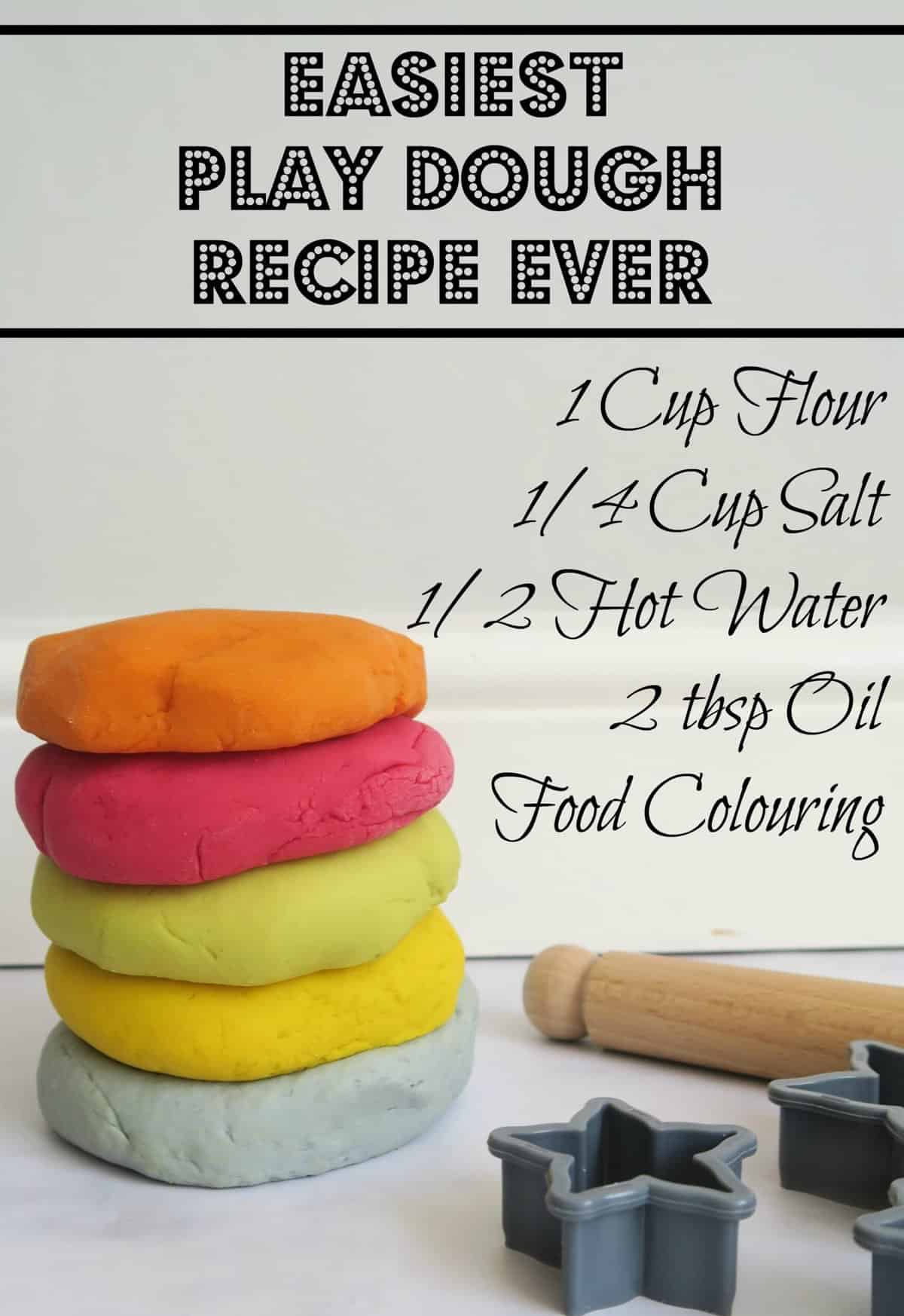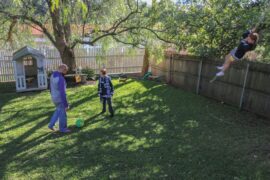Safe Playdough Fun: Boiling Water Tips for Parents
Hey there, amazing parents! Are you ready to whip up some squishy, squashy, and colorful playdough at home? It’s not only a blast for the kiddos, but it’s also a fabulous opportunity for learning and development. But wait, are you a bit concerned about the whole boiling water business? Fret not! I’ve got some hot tips and tricks that will make your playdough adventure both safe and delightful!
Understanding the Role of Boiling Water in Playdough Making
Making playdough can be as educational as playing with it! When we talk about boiling water and playdough, it’s all about achieving that perfect, smooth consistency that’ll keep the little hands busy for hours. The heat from the water helps to cook the dough, ensuring it’s free from stickiness and lasts longer. Plus, it’s a wonderful chance to teach your children about safety and the properties of heat. But safety first, folks! So, let’s start with the basics.
Preparation is Key: Before You Boil
- Supervision: Always have an adult present when boiling water and preparing playdough. Children should be watchers, not doers, in this step.
- Gather Ingredients: Get your flour, salt, cream of tartar, oil, food coloring, and other goodies lined up and ready to go.
- Clear the Area: Make sure the cooking area is free from clutter and little ones are at a safe distance from the stove.
- Safety Gear: Oven mitts? Check. Apron? Check. You’re almost ready to play it safe and get cookin’!
Boiling Water Basics: Let’s Turn Up the Heat
Now, it’s time to boil that water! Boiling water can be intimidating, but these steps will ensure a safe and snappy process:
- Choose the Right Pot: Grab a medium-sized pot with a handle – it’ll make it easier to maneuver.
- Fill It Up: Fill the pot with enough water for your playdough recipe, typically about one cup.
- Heat It Up: Place the pot on the stove and turn the heat to high. Watch as those bubbles start to dance!
- Safety Measures: Remember, no kids near the stove, and keep those oven mitts on for any pot-touching action.
- Ready and Waiting: Have your dry ingredients and colorings measured out and ready for when the water reaches a rolling boil.
It’s Boiling! Now What?
Once your water is bubbling away merrily, it’s showtime for playdough concoction! Here’s where you carefully mix the hot water with your dry ingredients to create the playdough. This process is not only about combining ingredients; it’s also the magical moment when science meets art and sensory play. Remember to do this part yourself or with older kids who can understand and respect the heat.
As we reach the end of the start of our guide, I hope you’re feeling more confident about the boiling water part of playdough making. Remember, with a few precautions and preparations, it can be an easy and accident-free process that leads to an afternoon of fun and creation.
In the next section, we’ll dive deeper into the steps to create your own playdough, discuss color mixing secrets, and share ideas for turning playdough time into an educational journey. So, stick around, and let’s keep the fun rolling!

The 5 Must-Know Tips for Preparing Boiling Water Safely for Playdough
Get ready to become a playdough pro with these essential safety tips:
1. Water-to-Ingredients Ratio Mastery
First up, you need to know how much boiling water your recipe calls for. Different recipes might have varying amounts, but a rule of thumb is about a cup for a standard batch. This step is important for achieving the right texture without making your playdough too sticky or too dry. Let’s not forget, correct measurements make perfect playdough!
2. Get the Order Right
When making playdough with boiling water, the order of operations is key. Mix your dry ingredients together before you start boiling the water. This way, you can concentrate on the boiling process without distractions, and once your water is ready, you can promptly mix it into the dry mixture. Efficiency for the win!
3. Attentive Supervision
When it comes to hot water, never turn your back—not even for a split second. Keep your attention focused on the pot, and if need be, have another adult keep the kiddos entertained elsewhere. A safe environment is a happy environment!
4. Right Tools for the Task
Having the correct kitchen tools can make all the difference. Use a sturdy pot with a well-fitted handle and a heavy base to reduce the likelihood of spills. And yes, let’s invest in a good set of oven mitts. Safety first and always!
5. Pre- and Post-Boil Safety Checks
Before you start, check that the stove and surrounding areas are free from flammable items and that the kids are at a safe distance. Once the water is boiled, doesn’t rush. Use those oven mitts to carefully transport the water, and ensure the pot is placed on a stable, heat-resistant surface once you’re done with it.
Diving Deeper Into Playdough Creation
Excited much? I bet! But let’s keep our aprons tied and oven mitts on because there’s more to learn about perfecting homemade playdough with boiling water.
In the upcoming sections, you’ll learn some nifty tricks for customizing colors, textures, and even adding scents to your playdough. Plus, there’s a treasure trove of ideas on making playdough time an immersive learning experience. From color theory to fine motor skills, we’ll cover ways to enhance your child’s development through play. Hang tight, because we’re about to dive into a world of vibrant colors and endless possibilities with homemade playdough!
See more great Things to Do with Kids in New Zealand here. For more information see here
Disclaimer
The articles available via our website provide general information only and we strongly urge readers to exercise caution and conduct their own thorough research and fact-checking. The information presented should not be taken as absolute truth, and, to the maximum extent permitted by law, we will not be held liable for any inaccuracies or errors in the content. It is essential for individuals to independently verify and validate the information before making any decisions or taking any actions based on the articles.




